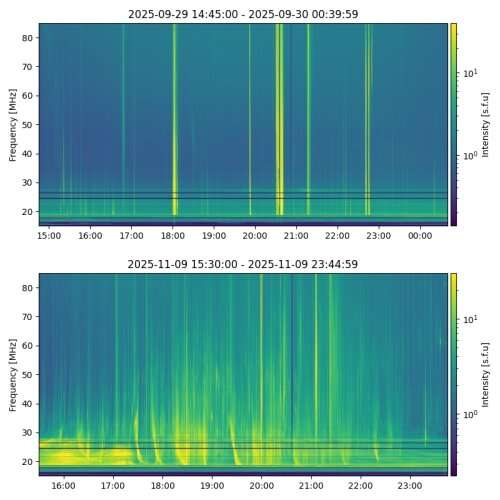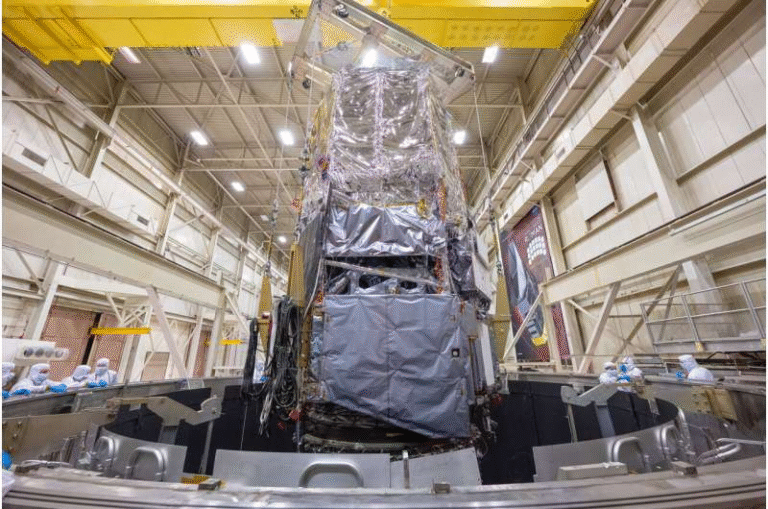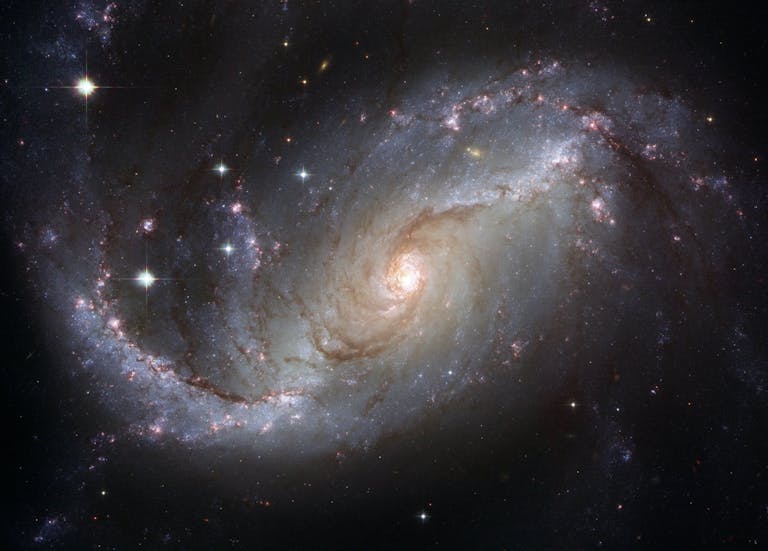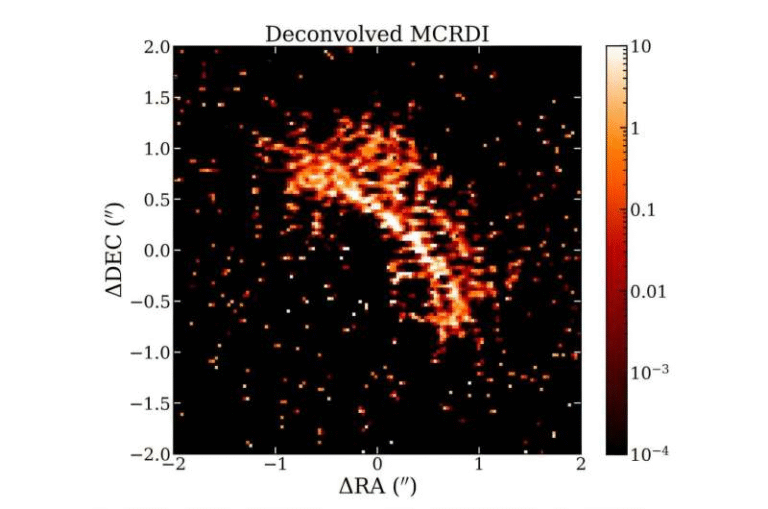A New Kind of Supernova: SN 2021yfj Exposes a Star’s Hidden Core
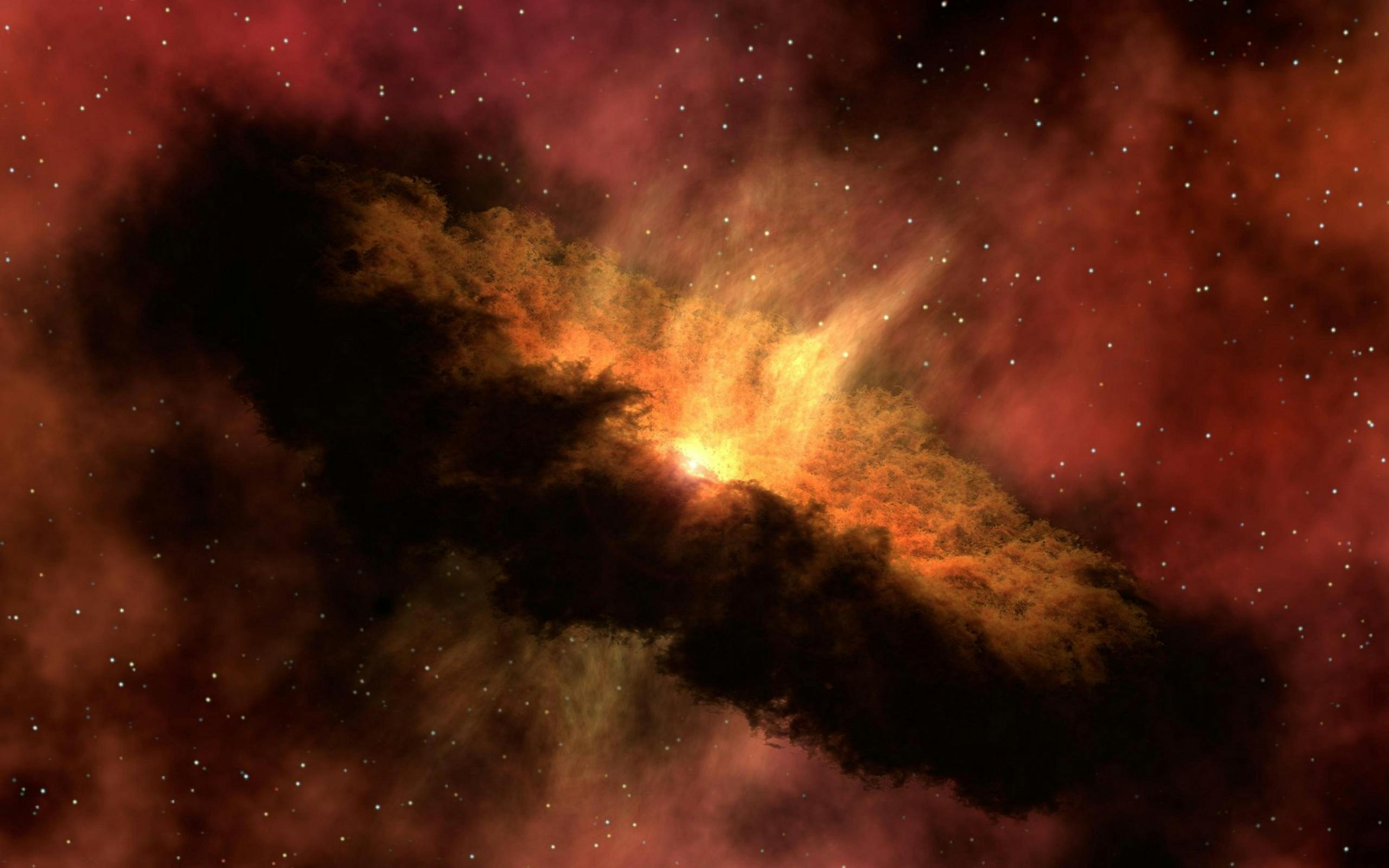
Astronomers have observed something that has never been seen before: a massive star exploding in such a way that its deep inner layers were revealed. The event, known as SN 2021yfj (sometimes listed as SN 2021yf), was first spotted in 2021 by the Zwicky Transient Facility (ZTF) and later studied in detail using the Keck Observatory in Hawaii. What makes this supernova so extraordinary is that it exposed silicon, sulfur, and argon, elements normally buried in a star’s core and never observed directly in supernova spectra until now.
This discovery is forcing scientists to reconsider long-standing ideas about how massive stars evolve and die. It also introduces the possibility of a new type of supernova, one that could reshape classification systems that astronomers have used for decades.
Where and How the Supernova Was Found
SN 2021yfj occurred 2.2 billion light-years away. The initial detection came from the Zwicky Transient Facility, a wide-field telescope survey designed to find transient cosmic events. Once flagged, astronomers quickly moved to collect spectra using Keck’s Low Resolution Imaging Spectrometer (LRIS).
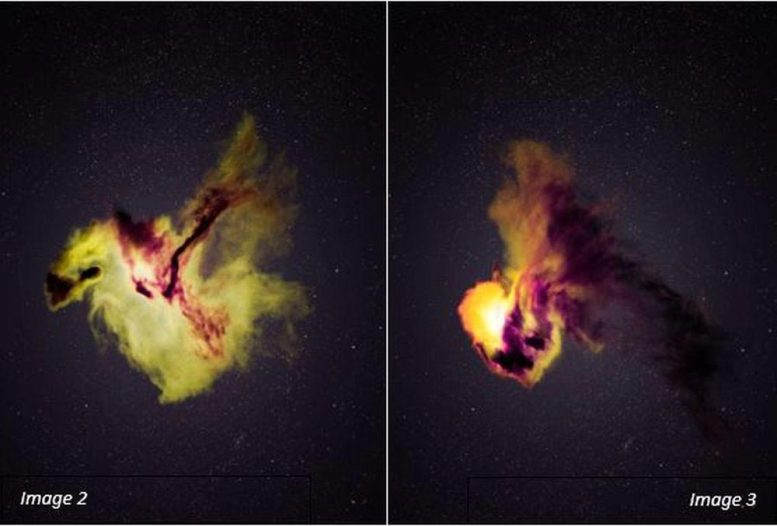
What they saw in the first few days was startling: clear signatures of highly ionized silicon, sulfur, and argon. These elements are normally hidden beneath outer layers of hydrogen, helium, and carbon/oxygen. In this case, the star had been stripped so thoroughly that the deeper shells were exposed.
Follow-up studies with other major telescopes, including the Very Large Telescope (VLT) and the Nordic Optical Telescope, helped confirm the unusual light curve and spectra of this event. The findings were strong enough to make it into Nature in August 2025, with a preprint available on arXiv.
Why This Is So Different
The “Onion” Structure of Stars
For decades, scientists have described massive stars as having a layered structure similar to an onion. The outer shell is mostly hydrogen, beneath that is helium, followed by shells of carbon, oxygen, neon, and magnesium, and finally, near the core, shells rich in silicon and sulfur. At the very center sits an iron core.
Normally, supernova explosions reveal only the outer layers. For example, when hydrogen is missing, astronomers might see helium, carbon, or oxygen in the ejecta. But until now, the silicon and sulfur layers have remained hidden.
SN 2021yfj broke that pattern. Its spectrum directly showed silicon, sulfur, and argon, proving that stars can lose far more of their mass than previously thought, and still end their lives in a bright, observable explosion.
Extreme Mass Loss
This event showed that the progenitor star had lost nearly all its outer material before collapsing. Scientists had already known that massive stars shed material through stellar winds, violent eruptions, and interactions with companion stars. But the extent of mass loss here was unprecedented.
The star was, in the words of researchers, “stripped to the bone.” It had not only lost its hydrogen and helium shells but had also peeled away layers that exposed its silicon and sulfur core.
The expelled material was detected moving at about 3,000 kilometers per second, an indication that the star experienced multiple violent ejection episodes before the final explosion.
A Potential New Supernova Class
Supernovae are usually divided into Type I (no hydrogen) and Type II (hydrogen present), with further subcategories depending on helium or other features.
SN 2021yfj doesn’t fit neatly into this scheme. Because its spectrum showed narrow emission lines from ionized silicon and sulfur, and lacked hydrogen and helium lines, researchers have proposed a new subtype: Type Ien.
- The “I” means no hydrogen is present.
- The “e” refers to the visibility of the silicon/sulfur shell.
- The “n” indicates narrow emission lines in the spectrum.
If more such events are discovered, Type Ien could become a recognized category in supernova classification.
What This Means for Stellar Evolution
Instabilities and Violent Eruptions
Massive stars are inherently unstable. As they burn through their fuel, the fusion processes in their cores change rapidly. These instabilities can cause a star to contract and then violently expel material. This process may repeat multiple times, creating shells of ejected matter that surround the star.
In the case of SN 2021yfj, these eruptions must have been extreme and repeated, peeling away not just outer hydrogen and helium but also deeper layers. This left the star almost bare when it finally collapsed into a supernova.
Possible Role of a Companion Star
Massive stars often exist in binary systems, and interaction with a companion can dramatically affect how much mass is lost. One scenario considered by the research team is that a helium-star companion with strong stellar winds helped strip away additional layers.
This could explain the traces of helium detected in the circumstellar medium, even though most of the helium should have already been expelled earlier in the star’s life.
Revising Models of Star Death
The discovery suggests that existing models of stellar evolution are too narrow. It is not that they are entirely wrong, but they do not account for all the possible ways a star might lose mass and explode.
The authors of the study emphasize that this event shows nature can create more exotic pathways for stellar death than our textbooks describe.
Broader Implications
Element Formation and Distribution
Supernovae are critical for nucleosynthesis, the process that creates elements heavier than hydrogen and helium. Without supernovae, elements like carbon, oxygen, silicon, and iron would not exist in the universe.
Observing silicon, sulfur, and argon so directly in SN 2021yfj offers a rare chance to study the cosmic foundry of these elements. It shows how material produced deep inside a star can be expelled into space, enriching the cosmos for future stars, planets, and even life.
Rethinking Classification Systems
If more events like SN 2021yfj are found, astronomers may need to revise supernova classification. The traditional focus on hydrogen and helium lines may not be sufficient to capture the diversity of explosions happening in the universe.
A new Type Ien category could be the first step toward a broader system that accounts for deep-layer element exposure.
Open Questions
Despite the excitement, many questions remain. Was this event triggered mainly by internal instabilities, or did a binary companion play a decisive role? How common are such explosions? Is SN 2021yfj a rare outlier, or are we just starting to notice a whole new class of supernovae?
As of now, SN 2021yfj is the only known example of this kind. Future surveys and follow-up observations will be crucial to finding more.
Background: How Supernovae Work
To fully appreciate this discovery, it helps to review what normally happens when a massive star dies.
- Fuel Burning – Stars start by fusing hydrogen into helium. Once hydrogen runs out, helium fuses into carbon, oxygen, and heavier elements in successive layers.
- Onion Structure – Each new element burns in a shell around the core, creating layers of different compositions.
- Iron Core Formation – Fusion eventually produces iron in the core. But iron cannot release energy through fusion.
- Collapse – Without outward pressure from fusion, gravity causes the core to collapse in milliseconds.
- Explosion – The collapse triggers a shockwave that rips through the star, ejecting material into space at extreme speeds.
This process both ends the life of a star and seeds the universe with heavy elements. Normally, we only see the outer layers in the explosion. SN 2021yfj is special because it exposed the deepest layers ever observed in a supernova spectrum.
Conclusion
SN 2021yfj is unlike any supernova ever recorded. By revealing silicon, sulfur, and argon — elements from the deep interior of a massive star — it has opened an entirely new window into how stars end their lives. The discovery points to violent mass-loss episodes and possibly binary star interactions as mechanisms that can strip a star down to its core before explosion.
It may mark the first known example of a Type Ien supernova, a classification that could expand as more such events are identified. Most importantly, it proves that our models of stellar evolution still have gaps, and that nature has more surprises in store when it comes to the death of stars.
